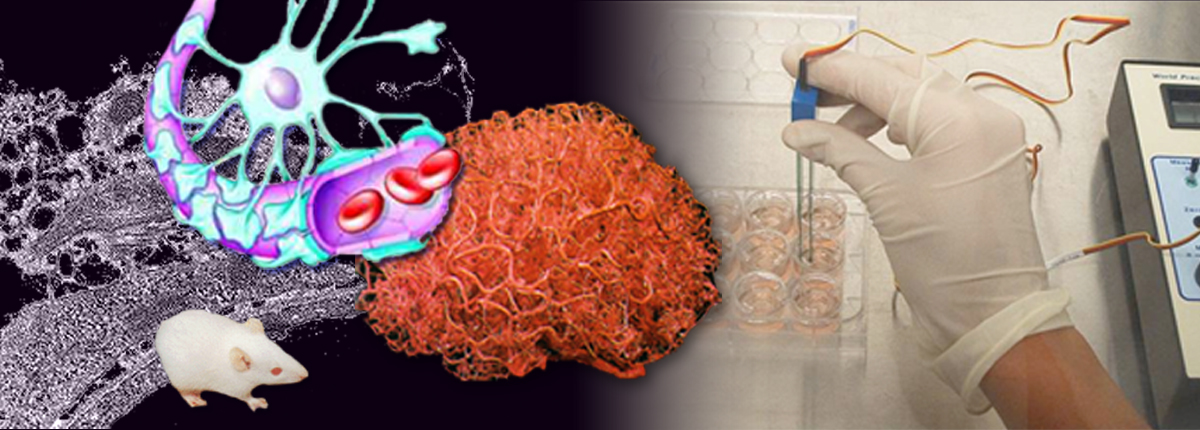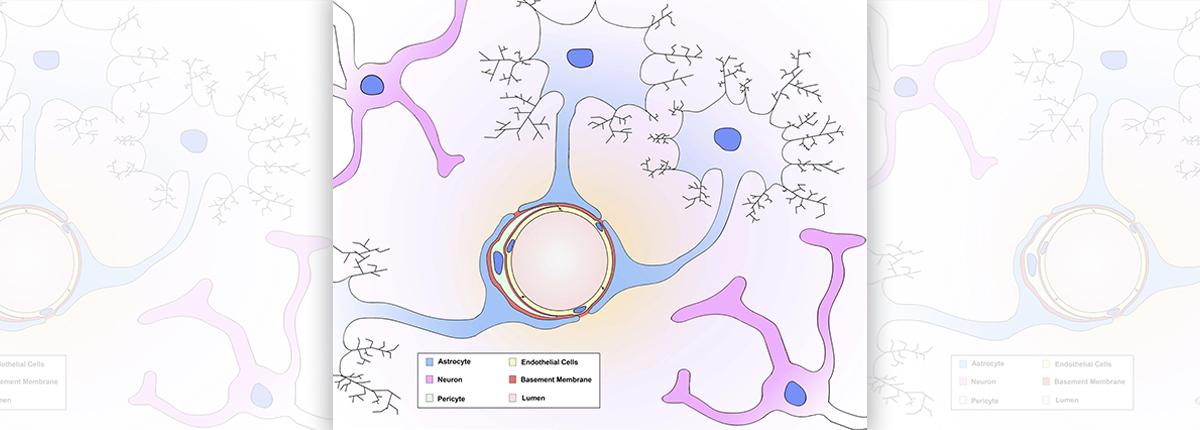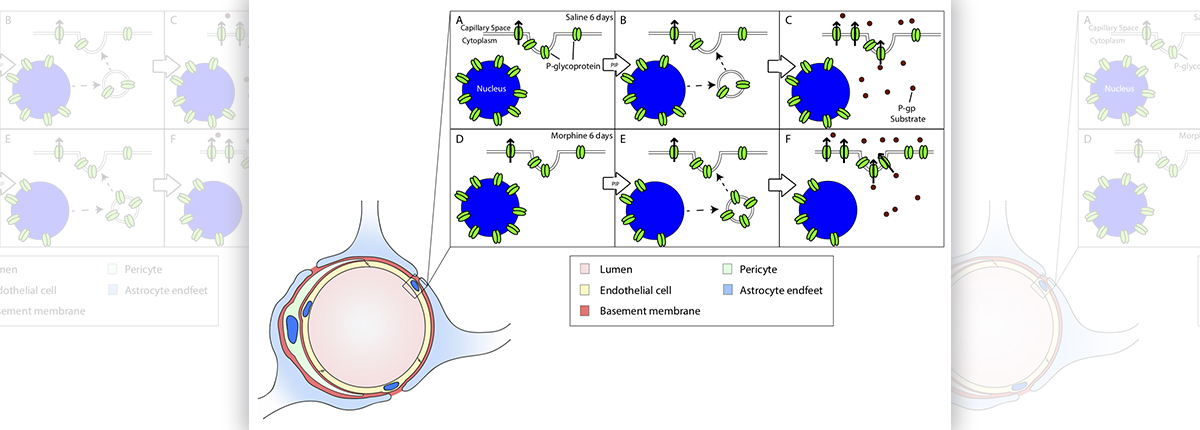About the Arizona Brain Barriers Laboratory
The Arizona Brain Barriers Laboratory continues their highly cited and award winning drug delivery program, continuously funded by N.I.H. since 1985, by discovering key mechanisms involved in delivering therapeutics across the blood-brain barrier (BBB) to the central nervous system (CNS) in neurological disease states. We have recently discovered specific drug transporters, OATP 1a4 and P-gp, altered by CNS pathologies which can be targeted to enhance brain drug delivery. We were the first to publish the pivotal finding that hypoxia / reoxygenation - stroke alters paracellular permeability, luminal P-gp trafficking and tight junction occludin and claudin-5 proteins at the BBB resulting in hypoxic stress / stroke alterations in paracellular permeability that was reversed by Tempol, a free radical scavenger. This was the first suggestion in vivo that oxidative stress is altering BBB functional integrity during pathophysiological insults. Additionally, we were the first lab to report that peripheral inflammatory pain disrupts BBB protein structure and function characterized by changes in oligomeric assemblies of key BBB tight junction proteins occludin and claudin-5, and altered functional expression and trafficking of the drug efflux transporter P-glycoprotein. These pain disruptions in BBB functional integrity lead to "leak" of opioid analgesic drug delivery such as codeine and P-gp efflux of morphine at the BBB. Our most recent and exciting work has demonstrated changes in BBB functional integrity of the OATP 1a4 transporter, regulated, in part, by altered transforming growth factor-beta (TGF-β) signaling via endoglin. This observation led to the exciting discovery that the neuroprotective effects of atorvastatin in acute ischemic stroke requires OATP 1a4-mediated transport of atorvastatin at the blood-brain barrier and therefore OATP1a4-Mediated Transport is central to CNS statin therapy because in stroke the brain is not only "open and closed".
Dr Tom Davis, Complete CV: cvtpd2023.docx
Dr. Patrick Ronaldson, Complete CV: ronaldson_cv_oct2023.pdf
Files:




